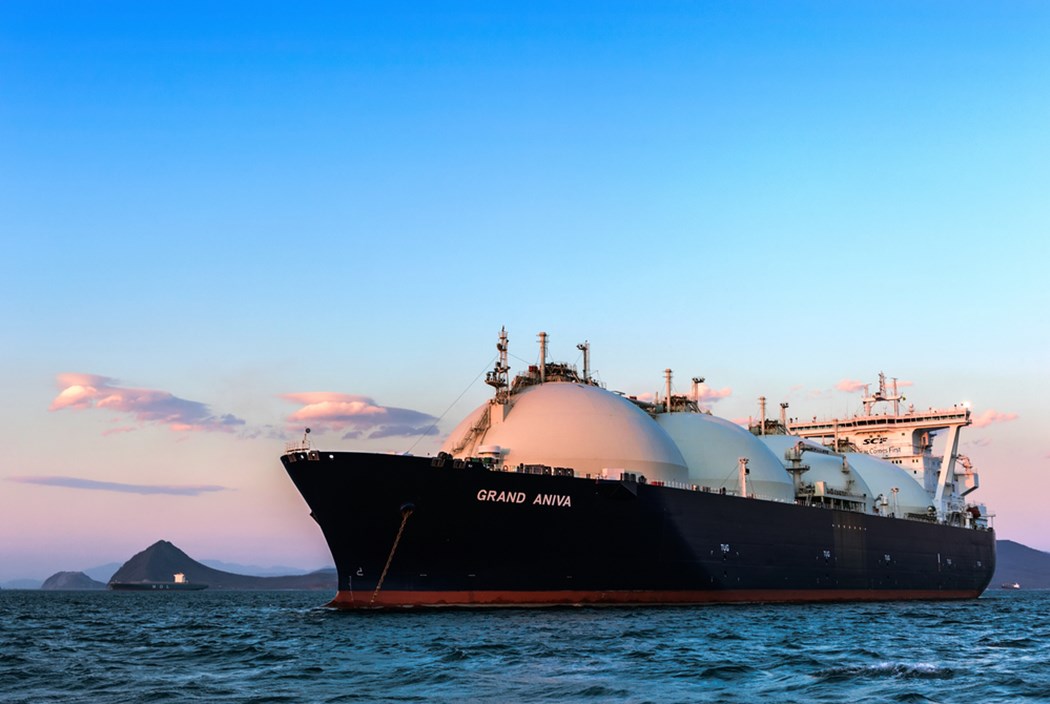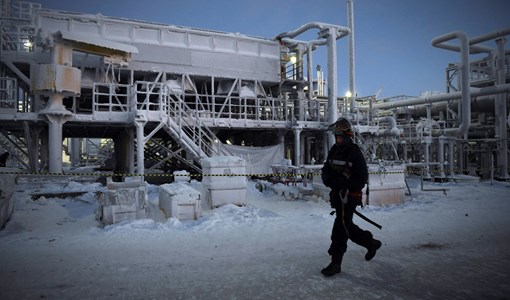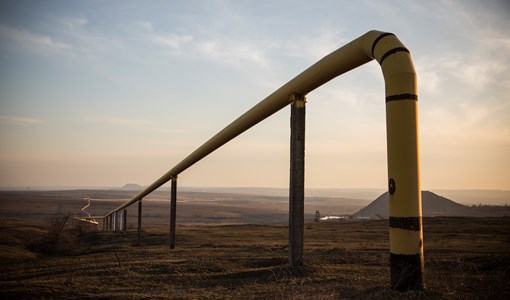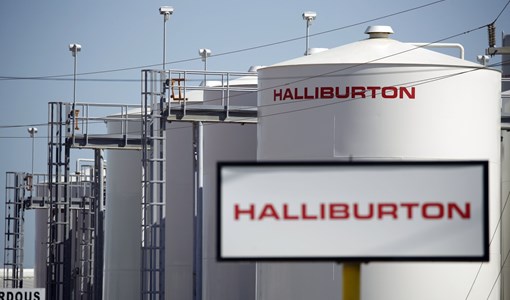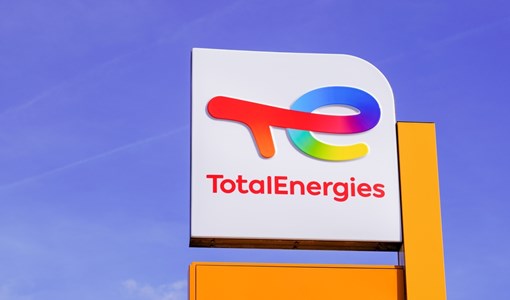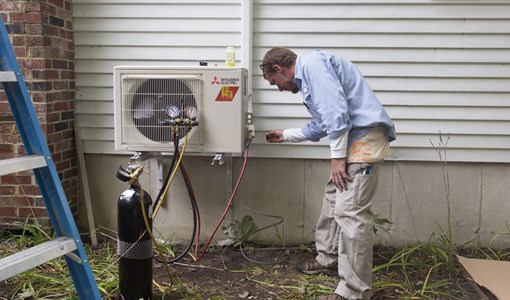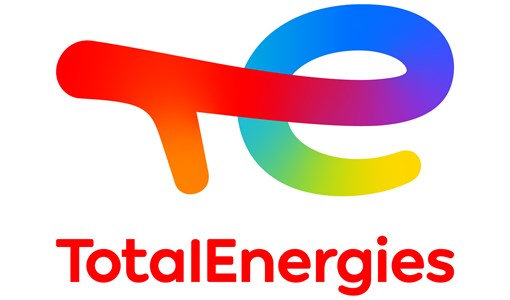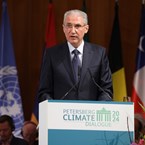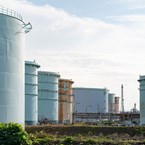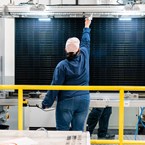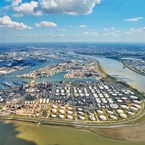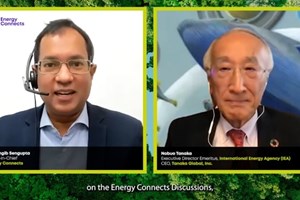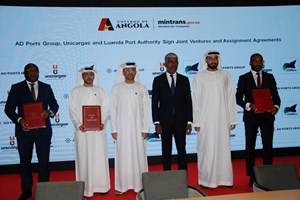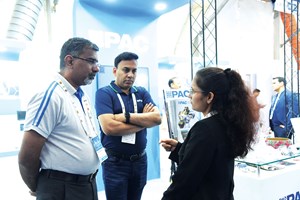Cheniere and Shell collaborate to deliver carbon-neutral US LNG to Europe
Cheniere Energy and Shell have collaborated to deliver a carbon-neutral liquified natural gas (LNG) cargo to Europe from Cheniere’s Sabin Pass Liquefaction Facility.
The companies worked together to offset the full lifecycle greenhouse gas emissions associated with the LNG cargo by retiring nature-based offsets to account for the estimated carbon dioxide equivalent (CO2e) emissions produced through the entire value chain, from production through use by the final consumer (all scopes2).
Credits used were purchased from Shell’s global portfolio of nature-based projects with Cheniere purchasing the portion attributable to estimated CO2e emissions associated with activities upstream of the Freight on Board (FOB) delivery point, including production and liquefaction.
Nature-based projects protect, transform or restore land and enable nature to add oxygen and absorb more CO2 emissions from the atmosphere. Each carbon offset is subject to a third-party verification process and represents the avoidance or removal of 1 tonne of CO2e. These projects also have additional benefits for local communities, such as funding new schools or fresh water supplies.
“We are very happy to be collaborating with Cheniere on this opportunity,” said Steve Hill, Executive Vice President, Shell Energy. “It is great to see more producers offsetting their GHG emissions to meet the increasing demand for carbon-neutral LNG. Using high quality nature-based offsets to compensate for emissions that cannot be avoided or reduced is an important step as we find more ways to reduce emissions across the LNG value chain.”
“At Cheniere, we’re focused on measuring, reducing and mitigating emissions, and this first carbon-neutral cargo for Cheniere highlights our efforts to measure and mitigate emissions throughout the LNG value chain,” said Anatol Feygin, EVP and Chief Commercial Officer of Cheniere. “We are thankful for our collaboration with Shell in this effort and for our mutually beneficial commitments to improving environmental performance and maximising the climate benefits of Cheniere’s LNG.”
The transition to a low-carbon energy future requires a range of solutions across the global energy system, from electricity generation to industry and transport. LNG plays its role by providing a readily available source of gas for use in these sectors, bringing the benefits of being the cleanest-burning hydrocarbon, producing half the greenhouse gas emissions and less than one-tenth of the air pollutants of coal.
To decarbonise LNG, all levers will need to be pulled. Lower-emission LNG production, methane management and using carbon capture and storage (CCS) technologies are all different ways to lower emissions along the value chain. While these technologies develop at scale, what we can do today is to use the best quality nature-based offsets to compensate for emissions along the LNG value chain.
KEEPING THE ENERGY INDUSTRY CONNECTED
Subscribe to our newsletter and get the best of Energy Connects directly to your inbox each week.
By subscribing, you agree to the processing of your personal data by dmg events as described in the Privacy Policy.
More gas & LNG news

Mexico’s Sheinbaum Wants Debt-Laden Pemex to Go Green
Apr 20, 2024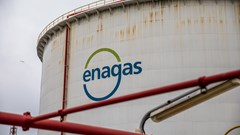
Europe’s Top LNG Plant Operator Wants to Move Into Ammonia, CO2
Apr 19, 2024
Southwest Gas Unit Gets $314.8 Million From IPO, Icahn Deal
Apr 17, 2024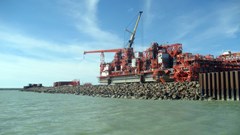
Kazakhstan’s Compensation Claims Against Kashagan Oil Firms Jump to $150 billion
Apr 17, 2024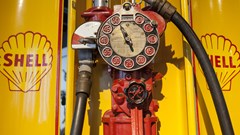
Oman LNG and Shell agree 10-year supply deal amid transition-led demand growth
Apr 17, 2024
Power Demand Surge Is Complicating Carbon Goals, Duke CEO Says
Apr 16, 2024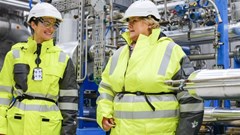
Equinor strengthens its gas position with a swap of onshore assets in the US
Apr 16, 2024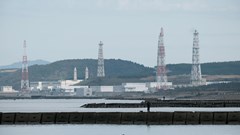
Tepco Flagship Nuclear Plant to Load First Fuel Since Fukushima
Apr 15, 2024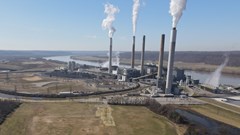
GE Vernova’s technology to help LG&E and KU further diversify sustainable energy portfolio
Apr 15, 2024
Biden Plans Sweeping Effort to Block Arctic Oil Drilling
Apr 12, 2024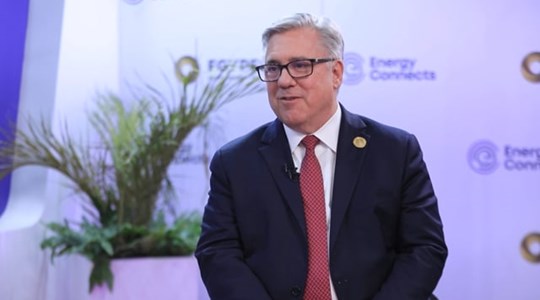
Chevron helping drive Egypt’s journey to become Africa’s energy powerhouse
Mar 11, 2024
Energy Workforce helps bridge the gender gap in the industry
Mar 08, 2024
EGYPES Climatech champion on a mission to combat climate change
Mar 04, 2024
Fertiglobe’s sustainability journey
Feb 29, 2024
P&O Maritime Logistics pushing for greater decarbonisation
Feb 27, 2024
India’s energy sector presents lucrative opportunities for global companies
Jan 31, 2024
Oil India charts the course to ambitious energy growth
Jan 25, 2024
Maritime sector is stepping up to the challenges of decarbonisation
Jan 08, 2024
COP28: turning transition challenges into clean energy opportunities
Dec 08, 2023
Why 2030 is a pivotal year in the race to net zero
Oct 26, 2023Partner content

Ebara Elliott Energy offers a range of products for a sustainable energy economy

Essar outlines how its CBM contribution is bolstering for India’s energy landscape

Positioning petrochemicals market in the emerging circular economy

Navigating markets and creating significant regional opportunities with Spectrum


